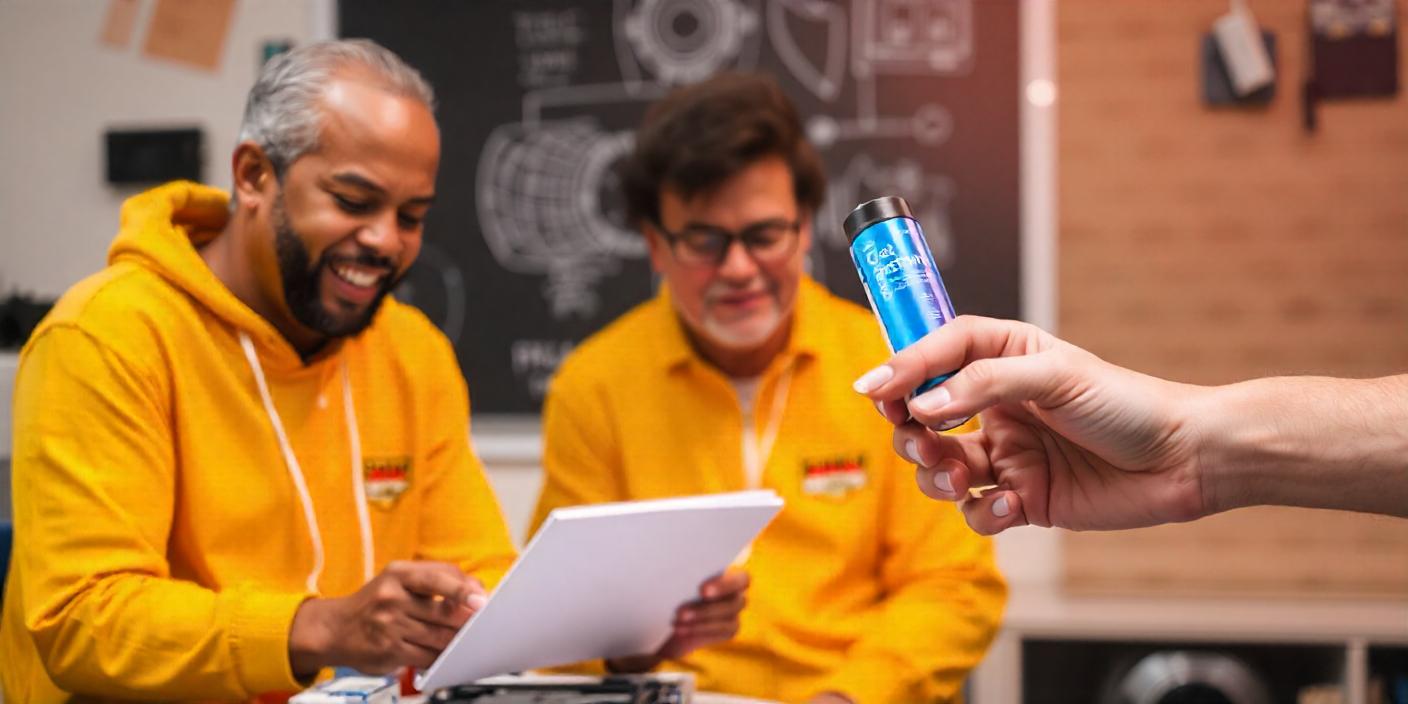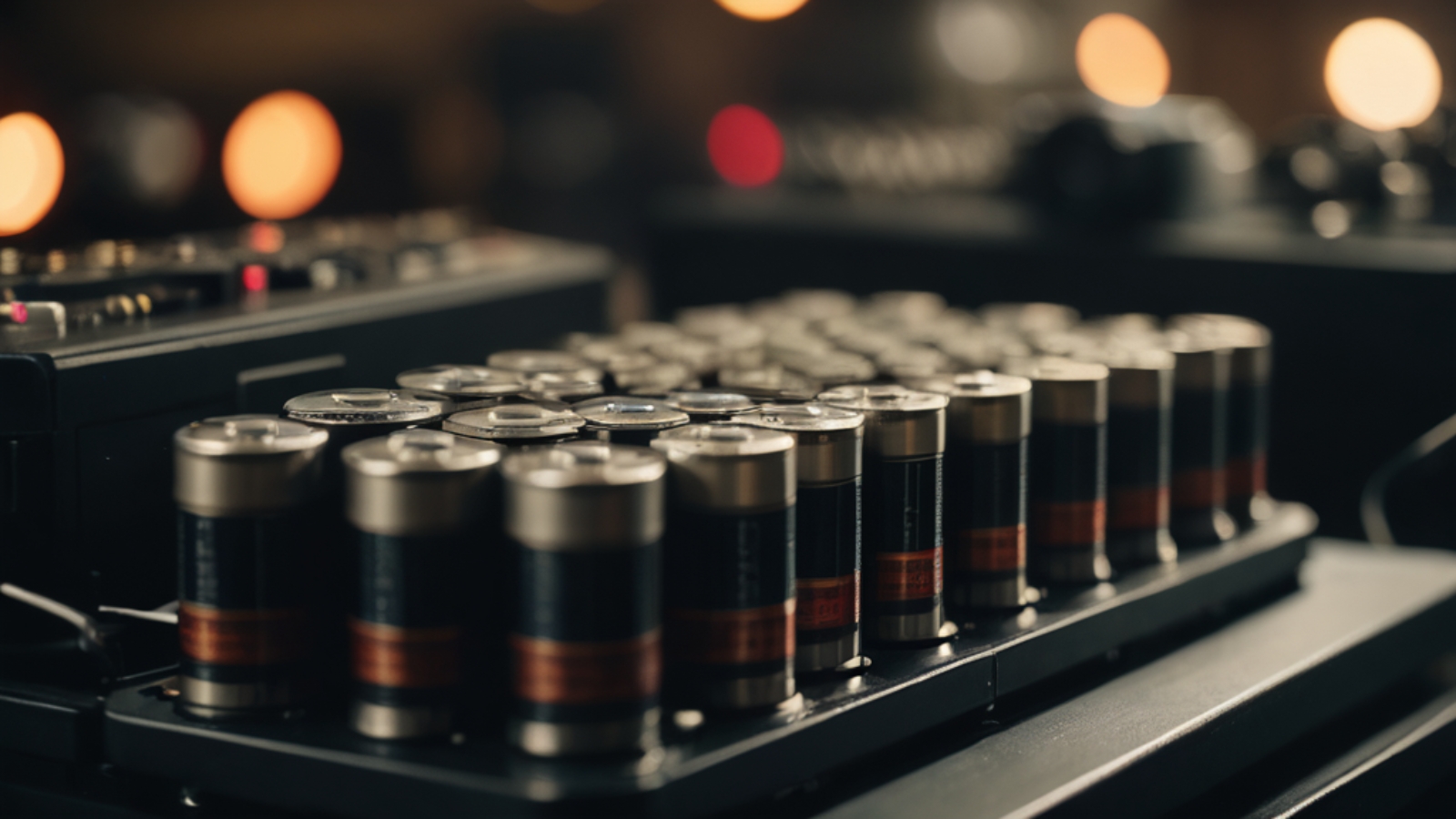The rapid growth of the Li-ion battery industry has led to a surge in the deployment of these batteries across various applications. Just think of consumer electronics, electric vehicles, and large-scale energy storage systems. However, this rapid expansion has also highlighted a significant issue: the widespread lack of deep understanding and education about Li-ion batteries among engineers and industry professionals. This is not something you find in all companies, but we have seen it in many.
The situation in the battery industry at the moment
What we also see in the industry is the fact that we have unacceptable return rates and numerous safety incidents. The industry grows fast and due to this rapid growth of the battery industry, there is a logical shortage of true battery experts. Consequently, engineers from other disciplines, particularly electrical engineering, often fill these roles. As a result, in many battery-related companies, the designated battery expert may not have deep expertise in batteries. Once again, this is not the case in all companies, but we have experienced it often. It is of course crucial not to judge individuals for their lack of knowledge under the circumstances of the growing industry, but this situation simply underscores the urgent need for dedicated battery education and training programs.
The need for skin in the game
When there is a lack of continuity and experience among decision-makers, for example, those responsible for choosing battery systems, we get additional challenges and possibly long-term consequences for the companies. A special challenge is that when problems arise, these decision-makers might have already moved to a new job role or a new company. This highlights that “skin in the game” is as important as education and we should ensure that decision-makers are both knowledgeable and invested in the outcomes of their choices.
Let us look at some selected common mistakes and misconceptions in the industry.
1st Mistake – Underestimating Safety Risks
Many engineers treat Li-ion batteries as if they are just larger versions of lead-acid batteries, without recognizing the distinct safety risks they pose. Li-ion batteries can produce dangerous vapor clouds and explosions if not handled correctly, which is something often not really understood. Another prevalent misconception is that Lithium Iron Phosphate (LFP) batteries are inherently safer than Nickel Manganese Cobalt (NMC) batteries. In reality, both chemistries have their own safety profiles and risks, which must be thoroughly understood and managed.
2nd Mistake – Misunderstanding State of Charge (SOC)
A less frequent error is the belief that a battery system at 0% SOC has a system voltage of 0V. This misunderstanding can lead to incorrect assumptions about the battery’s condition, and it can impose safety hazards.
3rd Mistake – Risks of Over-discharge and Recharging
Over-discharging Li-ion batteries does usually not pose a significant risk, but safety-critical events can arise during recharging of over-discharged batteries. When a deeply discharged battery is charged again, it can experience severe stress and potential safety hazards, including thermal runaway.
4th Mistake – Inadequate Knowledge of Battery Specifications
Leaders and decision-makers in the battery industry often lack the ability to accurately read and interpret battery data sheets or sales brochures, especially when interpreting aging data. This deficiency also prevents them from asking critical questions to manufacturers and making informed decisions when selecting battery systems.
In many cases, a good decision for a battery system cannot be made without proper testing (in addition to the tests mentioned in the sales brochures). And it is not difficult to find examples of companies, which vastly overestimated the lifetime of their battery systems and got in a lot of financial trouble because of that.
5th Mistake – Incorrect Heat Production Estimates
Engineers frequently either underestimate or overestimate the heat production of Li-ion batteries during operation. Both errors can lead to inadequate thermal management solutions. Over-dimensioning the cooling system to some extent for a safety margin can be very reasonable. While vastly over-dimensioning most likely costs unnecessary money, under-dimensioning poses safety risks and almost certainly shortens battery life. Accurate predictions and effective thermal management strategies are essential for safe and efficient battery operation.
6th Mistake – Measuring the Internal Resistance
We often see confusion between measuring ohmic resistance and DC internal resistance (DCIR). This is especially critical for BMS (Battery Management System) parametrization for calculations of available discharge power or possible charge power. Moreover, the relation between Alternating Current Internal Resistance (ACIR) and DCIR is often misunderstood. The applicability of EIS (Electrochemical Impedance Spectroscopy) as one ACIR technique, within a real-world environment outside the battery lab, is often overestimated.
A notable incident involved an article recently shared on LinkedIn, comparing ACIR and DCIR with several inaccuracies and conditional truths, but it was not addressed that some of the facts are only true under these and those conditions. It is especially frustrating to see that the article received praise and thumbs up from over 100 professionals with battery-related job titles, indicating a worrying gap in foundational knowledge. Proper education on these measurement techniques and their correct application is essential to prevent such misconceptions.
Conclusion
The Li-ion battery industry is experiencing growing pains as it scales to meet global demand. High return rates and safety incidents highlight the need for better education and understanding among engineers and industry professionals. While it is understandable that not everyone can be an expert in every aspect of battery technology, it is crucial to foster an environment of continuous learning and humility. At the end of the day, education is the key to unlocking the full potential of Li-ion batteries while mitigating the risks associated with their use.
Legal Disclaimer
The information provided in this article is for general informational purposes only and represents a personal view. All information is provided in good faith; however, Greenectra OÜ makes no representation or warranty of any kind, express or implied, regarding the accuracy, adequacy, validity, reliability, availability, or completeness of any information.
Under no circumstances shall Greenectra OÜ be held liable for any loss or damage of any kind incurred as a result of the use of this information or reliance on any information provided. Your use of this information and your reliance on any information is solely at your own risk.




